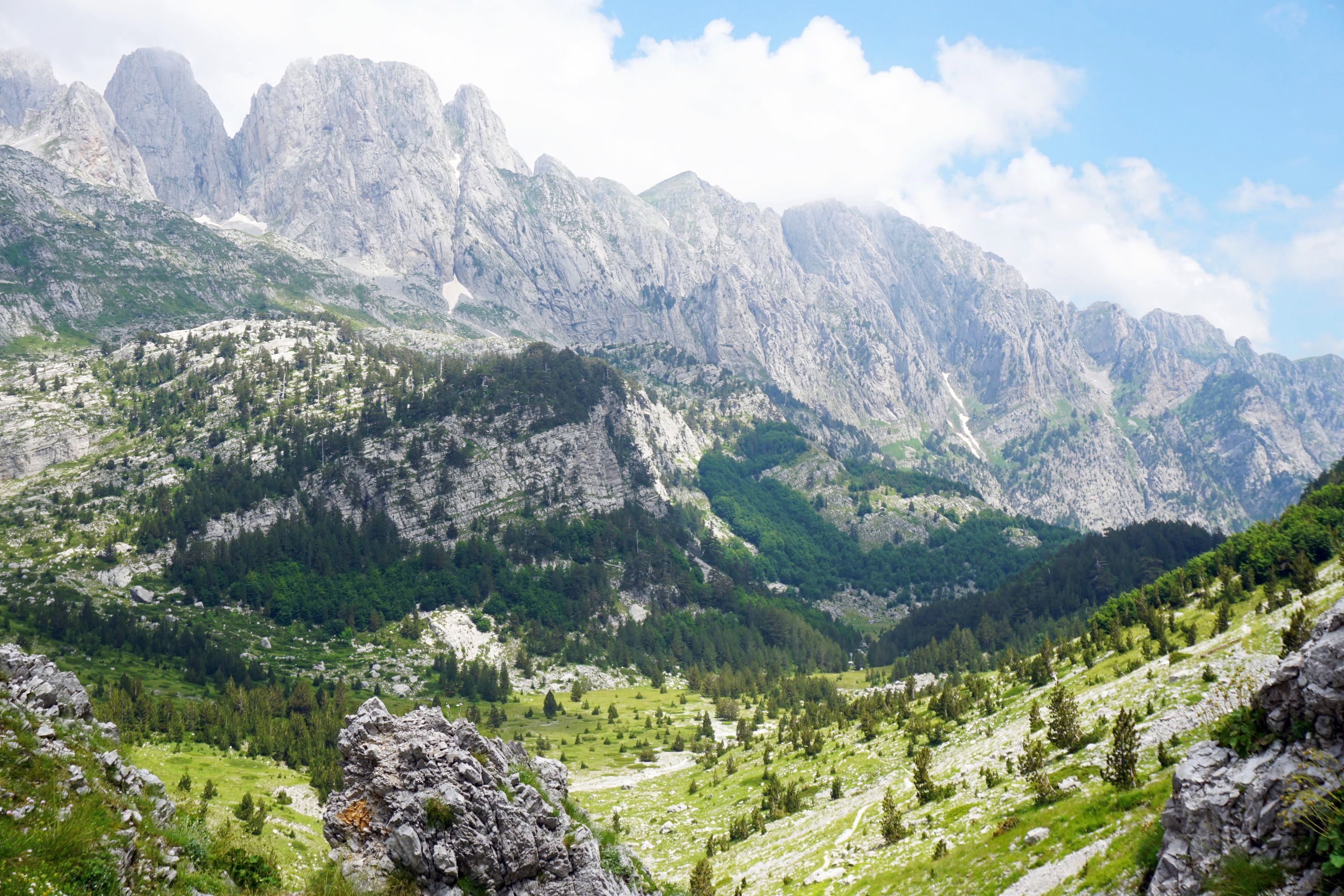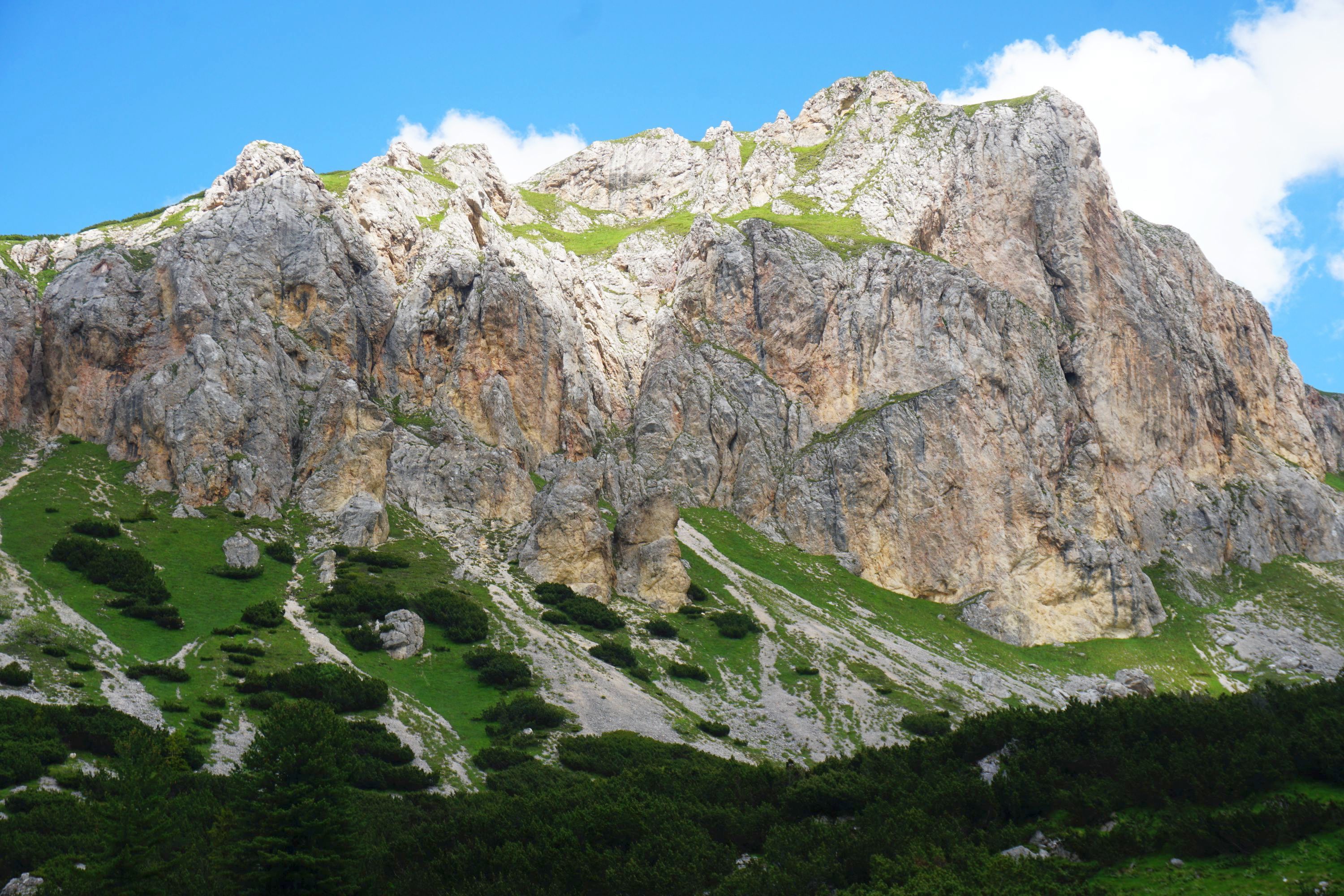I had a mixed time in Marrakech, there were some wonderful things to see, but I also got more hassle than anywhere else in Morocco. Founded in the 11th century, the city has twice been the capital, and is now the fourth largest city after Casablanca, Fes and Rabat.





To start with the beautiful Dar Si Said, a 19th century house turned museum. It was built in a similar style but on a more modest scale to the Bahia Palace, with a tiled courtyard and lovely gardens.





Upsides was an incredibly intricately decorated room.





The museum houses an interesting collection of Moroccan craftwork, primarily carpets, but the building is the star attraction.




The nearby Musée Tiskiwin is home to a fascinating collection of objects from the Sahara, a lifetimes work for archeologist Ben Flint. I particularly liked the wood carvings, and the courtyard was a delight even at dusk.








The Museum of Mouassine was by far the least interesting of these three museums, with a fairly uninspiring collection but the building again was worth an explore.



Home to some of the most beautiful doorways I saw in Morocco, Zawiya of Sidi Bel Abbas is a complex of religious buildings built between the 17th and 18th century. Non-Muslims can’t enter but it was a pleasure to see the outside.









Jardin Majorelle is the most famous and probably busiest garden in Marrakech. It was developed by the painter Jacques Majorelle from the 1920s but fell into disrepair after his death in 1962. Yves Saint-Laurent bought it in 1980 and restored it. Inside are 1,800 species of cactus, colourful buildings and plant pots, and hoards of selfie and portrait taking tourists. It is best visited when it opens or at the end of the day, though the light may not be ideal then.








Within the garden is the beautifully displayed Musée Berbère Jardin Majorelle. Photos weren’t allowed in the most impressive rooms with fabulous clothes and jewellery, but it wasn’t clear if they allowed in the rooms before then.



The Menara Gardens are hugely popular with locals, particularly at sunset. There’s not much of a garden, more lots of small trees around an attractive pool of water.


At the heart of Marrakech is the Koutoubia Mosque, which was one of the largest mosques in the Western Muslim world when it was built in the 12th century. Inside is space for 20,000 people, and the minaret is nearly 70m high.



Non-Muslim’s can’t enter but can get an idea of the scale inside through an open door.

The neighbouring Parc Lalla Hasna was rather pleasant.


Jemaa El-Fna is a world famous square, which personally I found a pretty unpleasant experience to visit. In the daytime it is home to markets, and snakes with fangs removed, and monkeys on chains, both treated horrifically for unaware / insensitive tourists to have their photos taken with.
Which is the same story for the famous goats in trees on the road between Marrakech and Essaouira. In the wild the occasional goat would climb up into trees to eat the fruit. Nowadays dozens of goats are forced to stand in trees for tourists to take photos of. They stand on small platforms all year round, in all weather, requiring ropes to lift some into position, and are beaten if they leave the tree.

I didn’t see any abused animals thankfully in the square during the evening, but it was hard to see much in the darkness. If I approached any of the acts or lifted my camera I had people hassling me for money.



I didn’t stay there long, returning back to my hotel past the Wall Marrakech Doukkala.


I had a much better experience the next day at the quite wonderful Bahia Palace, built at end of the 19th century. I got there at 9am when it opened to beat the crowds and get clear photos, recommended as it is very busy throughout the day. The initial courtyards were pleasant…


But it then opened up to huge tiled space, surrounded by attractive features and rooms, though as with the whole palace there is nothing in any of them.









A side door from here connects to a pleasant garden, the highlight of which were the rooms leading off it.




Particularly when the morning light passed through the colourful stained glass windows.





After a series of connecting passageways there was a final decorative room to visit before exiting.


At the nearby El Badii Palace is what remains of what was a wonder of the Muslim world when it was built in the 16th century. From 1683 though the Moroccan ruler Moulay Ismail plundered it for ten years for materials his new capital in Meknes. The views from the ramparts gave a great sense of scale.





Marrakech is famous for it’s souks, endless narrow streets of markets. I found the vendors far less pushy than expected, but they were still claustrophobic places to walk through. Hoards of people are one thing (as in Fes) but the cyclists, large trolleys, and dirty scooters in particular made them unpleasant places. I thought the benchmark was the streets of Old Delhi, but I’m sure that Moroccans speed through these narrow, crowded streets on their scooters faster than Indians.



Unexpectedly I got more hassle outside of the souks. Over a dozen times in a few hours I had people tell me that places were closed, that I was going the wrong way, and trying to extract money from me. Such a shame as it makes one not trust any Moroccan who might approach you, or want to approach anyone if you did have a question.
Slat Al Azama Synagogue was an oasis of calm in the former Jewish quarter. There are almost no Jews remaining now, the vast majority moved to Israel after WW2, and most who stayed went to Casablanca. The synagogue is basically a house, with a pleasant courtyard with various rooms off it.


The nearby Jewish Cemetery dates from the early 17th century, and is the largest in Morocco. It’s scale gives an idea of the size of the Jewish population then. The most important / largest tombs are around the edges of the cemetery, and there were hundreds of these unusual unmarked whitewashed gravestones.





Dating from the time of French rule, built in 1928, the Church of the Holy Martyrs had a wonderful yellow, light filled interior.



Marrakech Train Station was rather flash inside and out.


There wasn’t much street art in Marrakech, but I found a few pieces walking between the station and my nearby hotel.








Leave a Reply